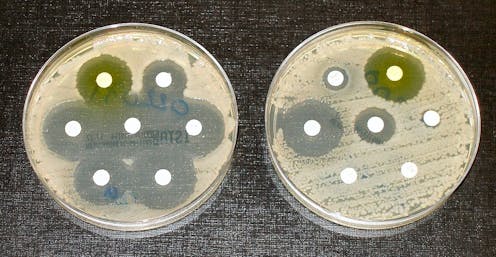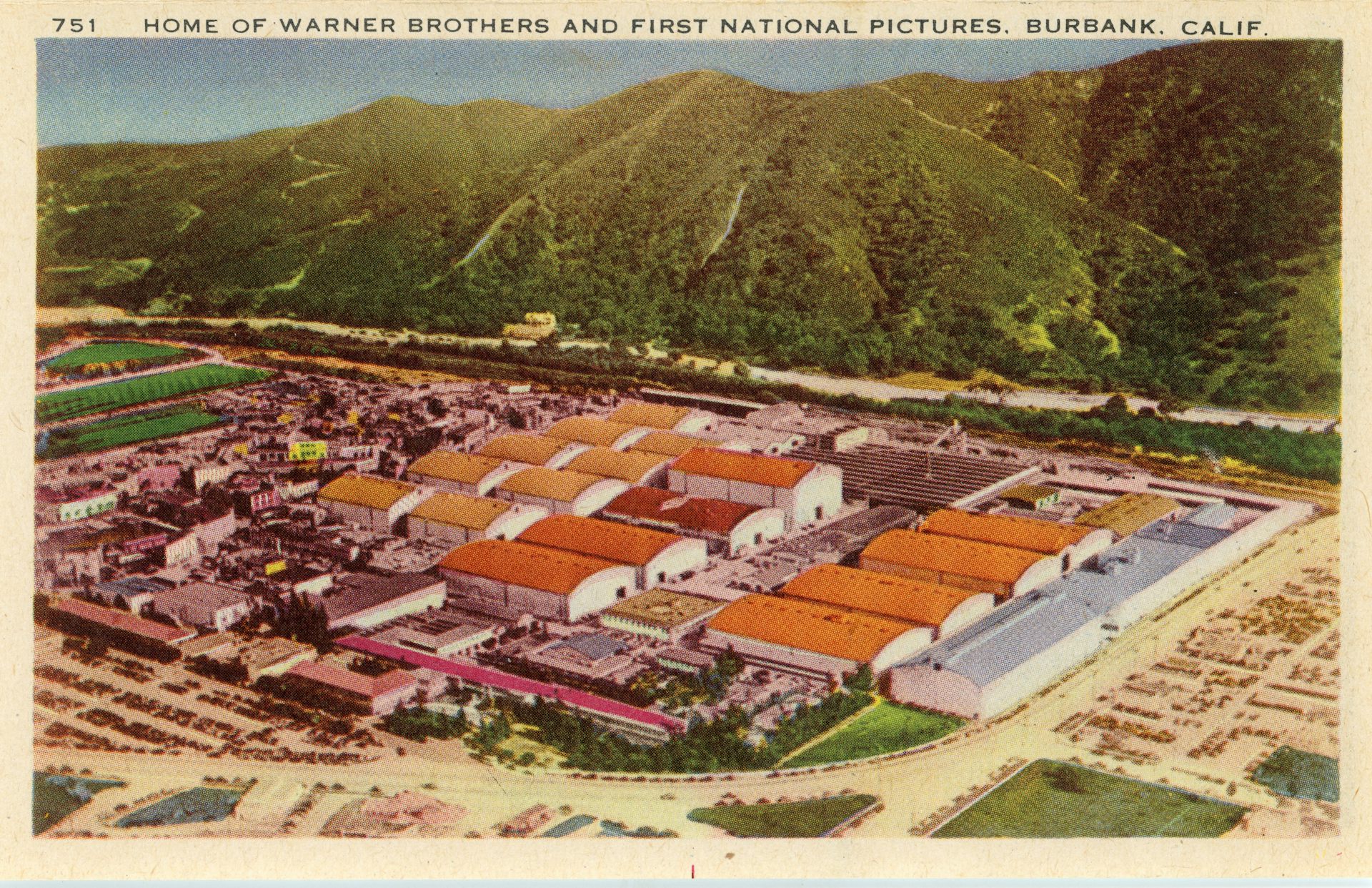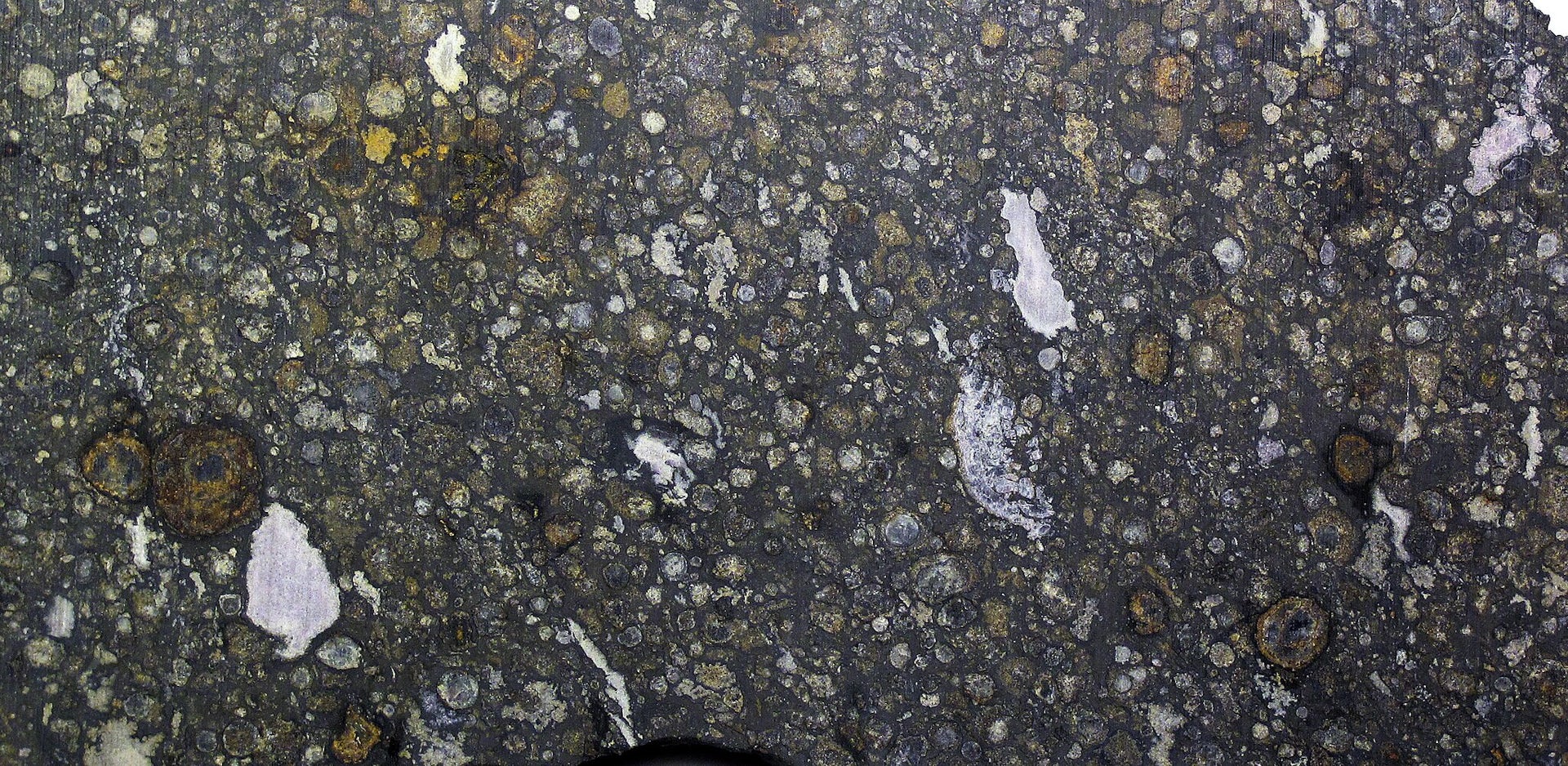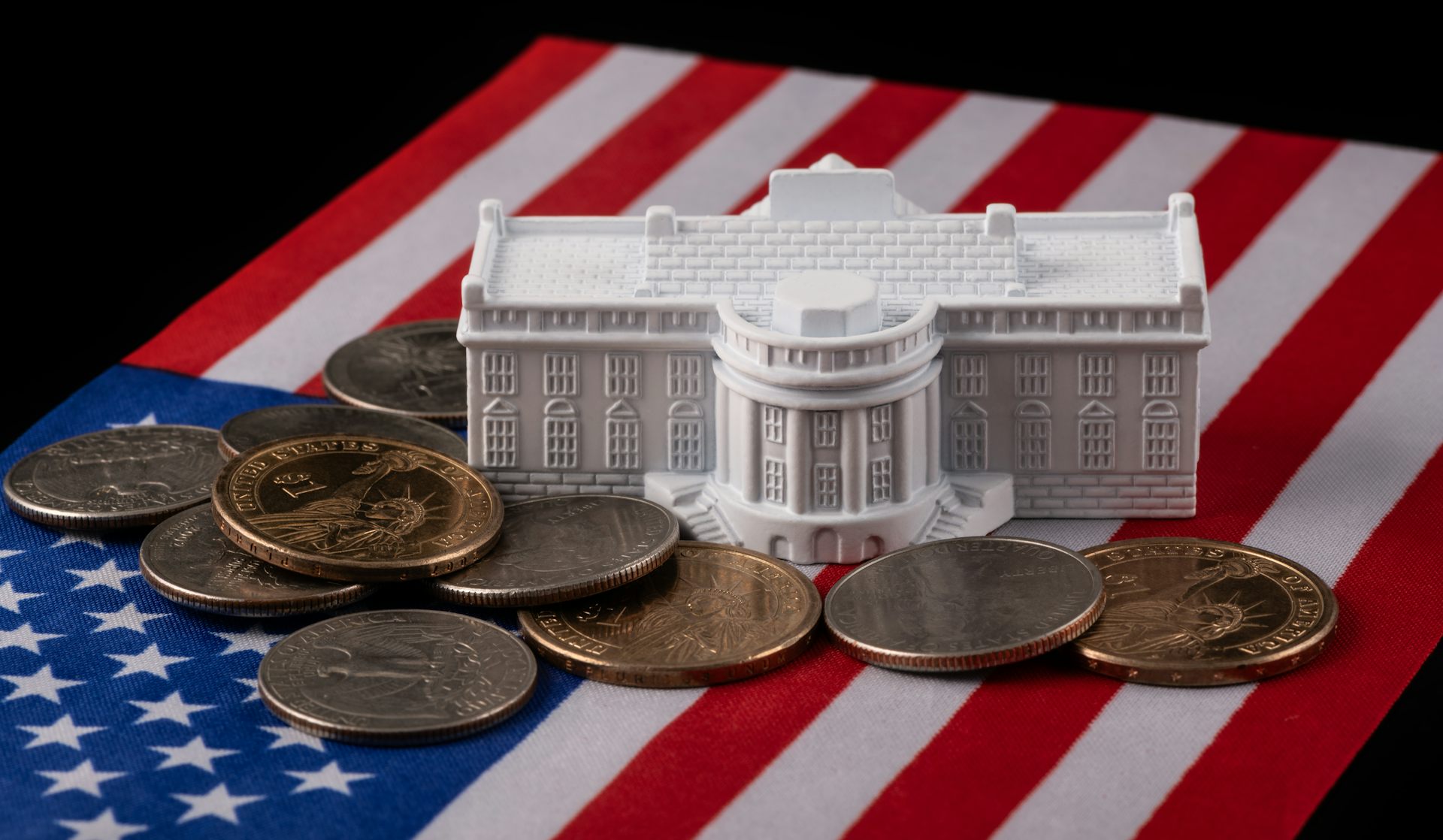Bacteria may be powerful weapon against antibiotic resistance
Antibiotic-munching microbes may prove useful for mopping up contaminated water supplies and land.

When I was a child, my parents gave me a sweet pink syrup to destroy the bacteria causing my sore throat. That memory is a testament to the power of antibiotics. But, through my research as a microbiologist over the past few years, I’ve learned that not only are some microbes immune to antibiotics but they can actually “eat” these drugs, using them as a nutritious food to grow and multiply.
During the past decade, scientists have established that many soil-dwelling bacteria are able to resist and eat the antibiotics we depend upon to fight nasty infections. While this might feel like a rebuke from the world of microbes – a reminder that they can evolve to resist even our most powerful drugs – this is not all bad news.
My colleagues and I in the lab of Gautam Dantas have not only discovered how bacteria are able to eat the drugs that are supposed to kill them, but how this can be useful to people as well. We found we might someday be able to harness these antibiotic-munching microbes to clean up land and water contaminated with these medicines – a major cause of antibiotic-resistant superbugs.
Why antibiotics make a good snack
It may seem counterintuitive that microbes can eat the drugs that humans use to wipe them out. But from a bacterium’s perspective, antibiotics might be nothing more than a source of elements vital to life: carbon, hydrogen, oxygen and nitrogen. Furthermore, most of the antibiotics your doctor prescribes are made by, or derived from, fungi and bacteria living in the soil. So it makes perfect sense that these benign earthy microorganisms snack on the carbon compounds made by their soil-dwelling neighbors.
For the past 10 years, scientists in the Dantas lab have been investigating how bacteria pull off this seemingly unlikely feat. Now we think we’ve cracked this mystery. We have identified a collection of genes encoding enzymes necessary for microbes to consume penicillin (which Alexander Fleming discovered in its naturally occurring form in 1928). We discovered that eating the drug is a two-step process in which the bacterium first disarms the antibiotic by breaking a piece called the “β-lactam warhead.” Without this, the remaining piece of penicillin is harmless and can be used as food, allowing the microbes to thrive in high concentrations of the drug. Second, the bacterium tears off a ring-shaped portion of the molecule and uses a dedicated family of enzymes to break it down further before eating the pieces.
Now that we understand which enzymes the bacteria use to disable the antibiotic, we can develop defense strategies and fight back. This is vital because antibiotic-resistant bacteria cause severe sickness in more than 2 million Americans, leading to more than 20,000 deaths annually. These infections are more difficult and more costly to treat because they require long stays in the hospital. Every year this leads to losses to the U.S. economy directly due to the costs of treatment (US$20 billion) and indirectly due to lost productivity ($35 billion).
Using microbes to eat contamination
Ultimately we hope that we may be able to use our findings to curb one of the chief causes of antibiotic resistance: contamination of land and water. These natural resources are polluted by sewage runoff from farms where the animals are fed antibiotics to fatten them up, and illegally dumped pharmaceutical waste or spills – particularly from bulk manufacturers in China and India. We believe we could remove these medicines through bio-remediation, which uses living organisms to clean up man-made messes.
While the bacteria that we identified in our study grew slowly when fed a diet of penicillin, we might be able to engineer new varieties that remove antibiotics more efficiently by speed-eating the drug. As a proof of concept, we cut and pasted genes from our soil microorganisms, as well as a previously discovered gene that we thought would have a similar function, into benign laboratory strains of E. coli bacteria and turned them into antibiotic-eating microbes.
Although this might sound simple, figuring out the genetic instructions for penicillin eating and inserting them into E. coli took several steps. First we sequenced the entire genetic content – the genomes – of all four of the penicillin-eating bacteria that Dr. Dantas discovered. This yielded a genetic roadmap of all the potential routes the bacteria could use to eat this antibiotic. By studying which genes were turned on by the bacteria while they ate penicillin, we learned which ones were most important.
To confirm that we had figured out the steps the microbes use to eat antibiotics, we broke these genes in one strain of the soil bacteria. This yielded mutants that were incapable of consuming penicillin, helping us to pinpoint which genes were needed to engineer E. coli to eat penicillin.
But the really interesting discovery was that penicillin eating requires two separate groups of genes to work together, beginning with an antibiotic resistance gene to break the toxic β-lactam warhead. Without this critical enzyme, the bacteria are unable to disarm the antibiotic, and without the enzyme responsible for removing the ring from penicillin, there is nothing to eat.
This suggests that we may be able to manufacture new strains of benign bacteria to remove antibiotics from the environment. This doesn’t mean that people can use antibiotics with impunity, but it might provide a safe way to curb the spread of antibiotic resistance in the future.
Terence Crofts receives funding from the National Institute of Diabetes and Digestive and Kidney Diseases and the National Institute of Child Health and Development.
Read These Next
What’s at stake in Trump’s executive order aiming to curb state-level AI regulation
In the absence of comprehensive federal AI regulation, states have stepped in. The Trump administration,…
Whether Netflix or Paramount buys Warner Bros., entertainment oligopolies are back – bigger and mor
Hollywood has seen this movie before.
Can scientists detect life without knowing what it looks like? Research using machine learning offer
A new machine learning model explores the boundary between biological and nonbiological chemistry.





